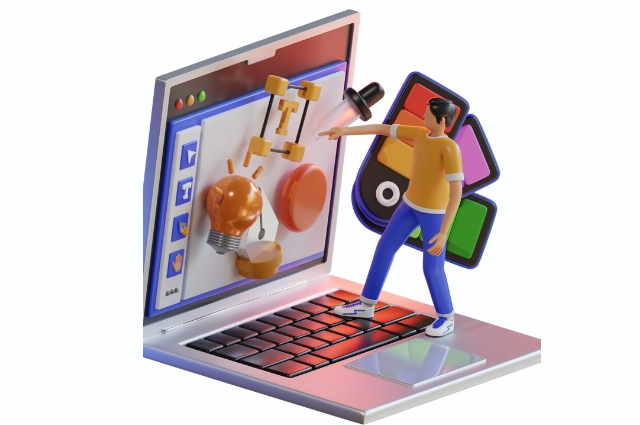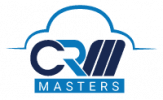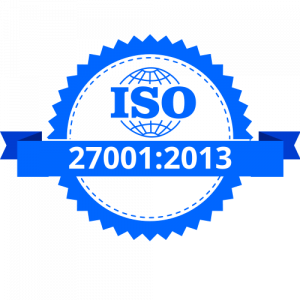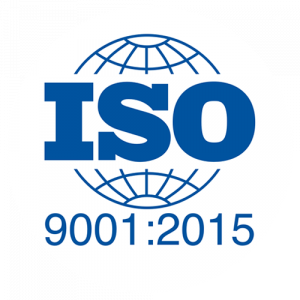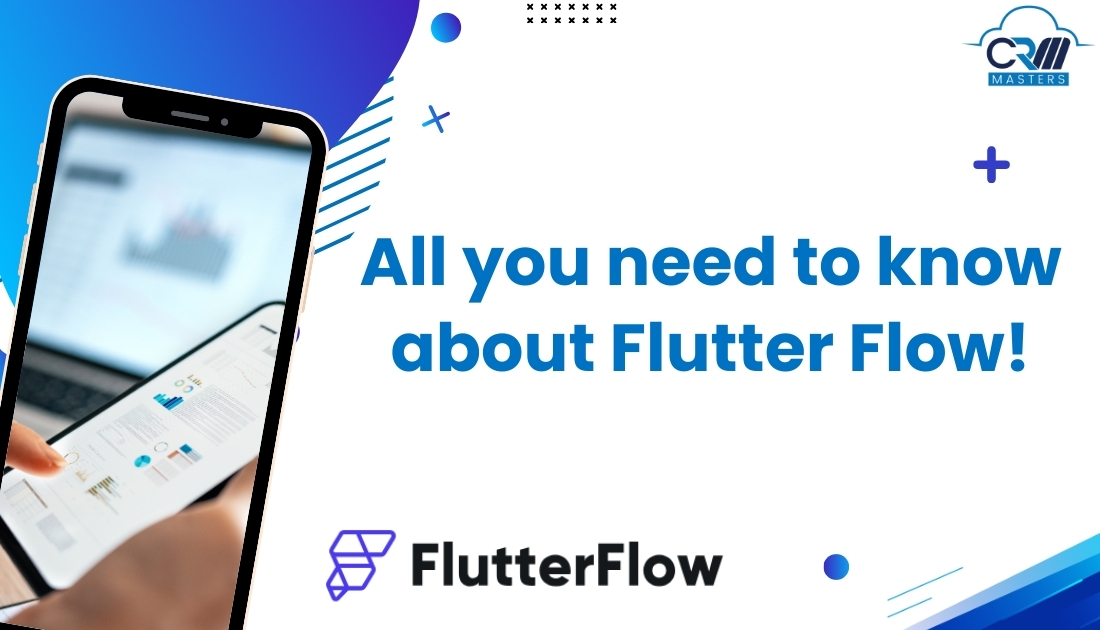
All You Need to Know About Flutter Flow!
Nowadays, almost all businesses invest in building their digital presence. Creating a strong online application is essential to their business success. Building a cutting-edge app comes with a cost in terms of money and time.
Flutter is Google’s UI toolkit that makes app-building. Flutter was developed by Google in May 2017, Flutter is an open-source, free UI software development kit that helps you to create cross-platform mobile, web and desktop apps from a single code base.
What is Flutter Flow?
Flutter Flow is a visual development framework for creating mobile applications using Google’s Flutter Framework. Flutter Flow aims to make app development easier and faster by providing a user-friendly interface that allows you to create, prototype, and deploy Flutter apps without having to write a lot of code.
In addition, FlutterFlow also allows you to create custom widgets that can be used in the app. The Layout of FlutterFlow is drag and drop with an easy-to-use tree hierarchy that will enable you to use the built-in widgets or import your widgets.
This is especially useful for interactive user interfaces and animation. It also compiles time widgets support allowing you to create stateful widgets that can be used across the entire application.
Features of Flutter Flow
Flutter Flow is an impressive app development toolkit that can be used for various projects. Let’s take a look at its top features and strengths.
1) Firebase Integration:-
With FlutterFlow you can integrate Firebase with your existing backend services, such as data storage and authentication, to streamline common app needs. With this tight integration, you’ll no longer need to manage your backend infrastructure.
2) Visual Logic editor:-
With a graphical interface, you can control your app behavior with pre-defined actions and conditions that reduce the need for complicated code. You can define how your app reacts to user interaction and changes in data visually and intuitively.
3) Custom Widgets:-
With Flutter Flow, you can import custom widgets into an application. This is especially useful for mobile developers who want to work with Google’s Material Design language but don’t want the same level of customization that you get with the standard Material Kit library on iOS.
4) Flexible Layout:-
The app also allows you to create full-screen layouts in Flutter or a split-screen instance for landscape. There are many ways to add widgets to a page, including how to animate the widgets and react to user gestures.
5) Clean API Interface:-
The application is also based on Google’s Material Design principles and has an easy-to-use interface for manipulating your app’s data: getter, setter, and native iOS API calls can be used in Flutter flow widgets or custom widgets.
Also Read: Importance of Flutter for Future Mobile App Development
Benefits of Flutter Flow
1) Cross-Platform Development:-
One of the things that users love about FlutterFlow is how easy it is to cross-platform development. It’s super easy to migrate an app from the web to mobile, with just a simple toggle, and you’ll be able to support web, mobile, and desktop.
2) Rapid Prototyping:-
FlutterFlow’s built-in features, such as basic templates, pages, and action logic, make it easy to prototype and build mobile apps quickly. Its cloning flows across different projects, speeds up development, and guarantees consistency.
3) Customization:-
Besides built-in integrations, you can use thousands of resources on Pub. dev in FlutterFlow to enrich your mobile app with custom code and expand your customization options.
4) Visual Designs:-
With Flutter Flow, you can create highly interactive user interfaces (UI) with a visual interface and then deploy your app as a code-free executable for distribution. It’s perfect for developers who don’t want to write code for their apps but still want to be able to change things if they wish to.
5) No coding required:-
Flutter Flow can be used by people who don’t have a lot of coding knowledge. It can be used to build Flutter apps with a visual interface. This can greatly benefit people who don’t know much about coding.
Also Read: Flutter App Development: Why is it Trending in 2024?
Limitation of Flutter Flow
A) Limited Functionalities
FlutterFlow isn’t a fully cross-platform application development platform; you can’t build complete applications in FlutterFlow, only individual page elements. This is especially limiting for those who just want to use FlutterFlow as an interface builder, as it only allows you to create apps at a lower level than you would need to build a mobile app.
B) No Source Code
However, because of the application’s nature and limited functionality, the source code could not be downloaded in advance and imported into the project. This made it difficult to customize Flutter flow for multiple projects since the same code could not be used for both.
Conclusion
FlutterFlow has emerged as one of the most promising no-code platforms for mobile app development due to its combination of easy-to-use features, smooth integrations, and customization options. Without a doubt, FlutterFlow is one of the most exciting no-code platforms on the market, and it’s constantly evolving.
Ready to use Flutter Flow for your business?
CRM Master’s Infotech provides top-notch Flutter app development services and creates the best applications according to your business requirements.
Sweet Bonanza 1000 shining crown Shining Crown matbet Sweet Bonanza 1000 Fortune Rabbit pusulabet chicky run chicky run apk

